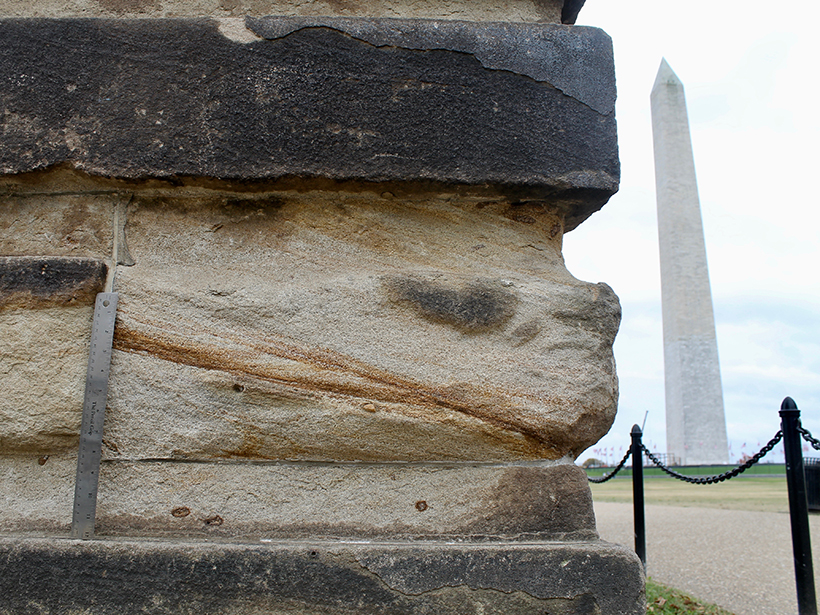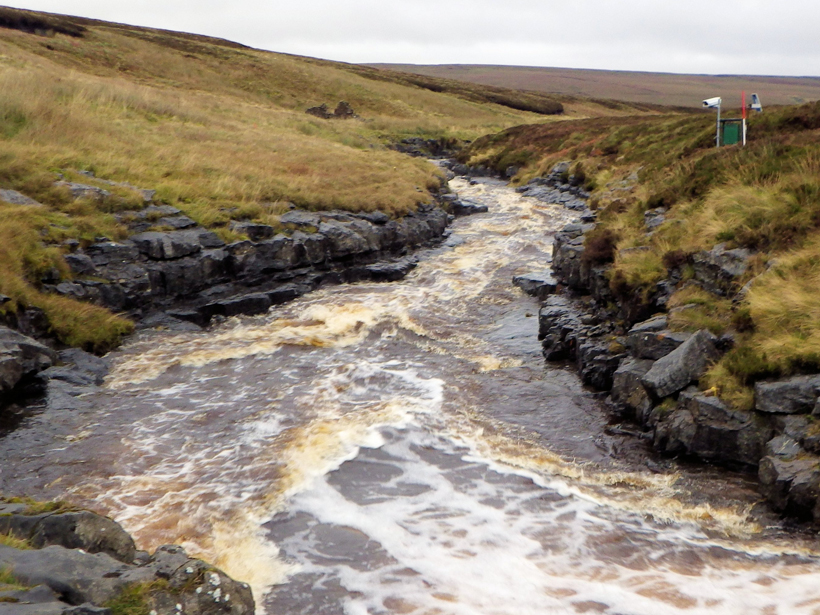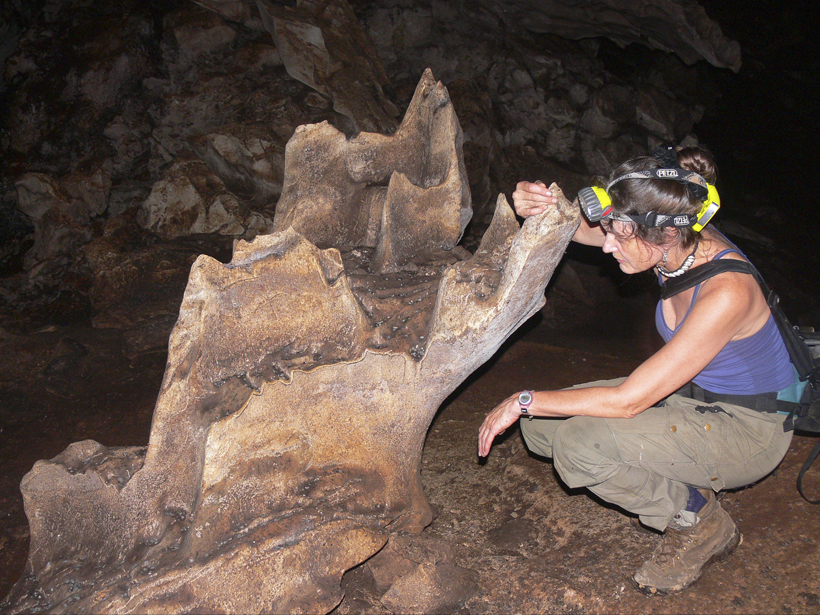The Czech Republic’s Hranice Abyss is more than twice as deep as researchers thought.
limestone
Posted inGeoFIZZ
Self-Guided Tour of the Geology in D. C. Buildings
The architecture of the nation’s capital reveals a secret geologic history—take a walking tour to spot the interesting fossils and minerals in the stones used to build the halls of power.
Posted inEditors' Highlights
Acoustic Monitoring of Inelastic Compaction in Porous Limestone
During triaxial compression experiments, acoustic monitoring reveals compaction localization in a high porosity limestone, accompanied by a significant decrease in P-wave velocity.
Posted inResearch Spotlights
How Do Rivers Flow over Bedrock?
A study questions whether the hydraulics of rivers that lack loose sediments along their bottoms can be accurately depicted by standard equations for flow over sediment.
Posted inNews
How Bat Breath and Guano Can Change the Shapes of Caves
Researchers working in caves in Borneo and elsewhere are finding evidence that biological processes shape many tropical caves by slowly eating away at surrounding rock.





